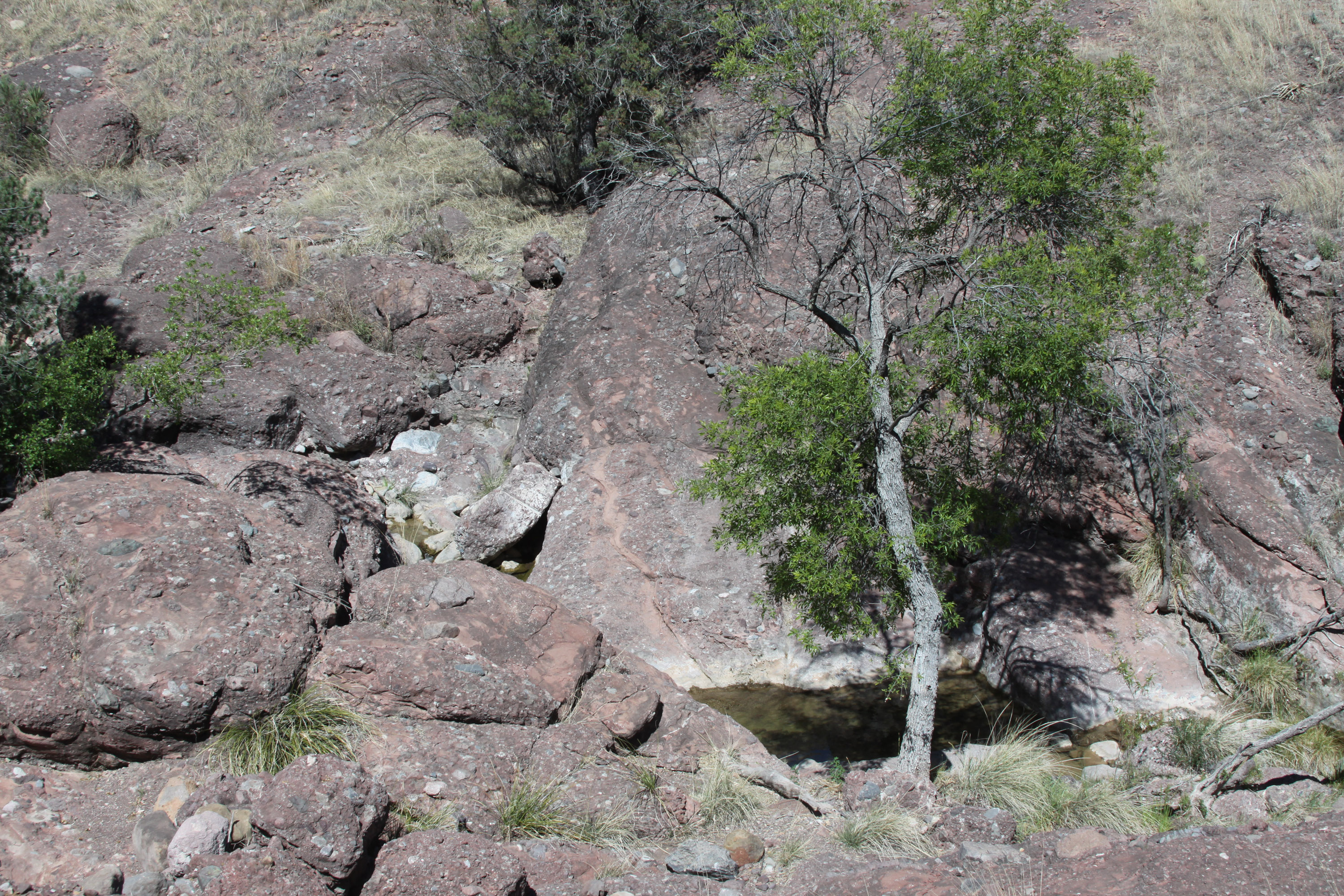Estimating metapopulation abundance to inform conservation of a threatened amphibian
Abstract/Summary
In metapopulations, dispersal and population growth rates are influenced by patch quality, spatial structure, and local population density. Recently developed spatial metapopulation models allow inferences about distance effects on dispersal, but these models typically focus on patch occupancy rather than abundance of animals. Spatial occupancy models are useful for studying colonization-extinction dynamics, but richer insights can be gained from estimating abundance and density-dependent demographic rates. We used presence-absence and count data from an 11-year study of a reintroduced metapopulation of federally-threatened Chiricahua leopard frogs (Lithobates chiricahuensis) to develop an integrated abundance-based metapopulation model to draw inferences about the processes contributing to spatiotemporal variation in density. Pond-specific population growth was influenced by pond hydroperiod and frog density, such that permanent and semi-permanent ponds with low densities of adult frogs experienced the highest annual population growth. Immigration rate declined as the distance among ponds increased. Metapopulation-level abundance increased from 2004 until 2015, when it stabilized around 1323 adult frogs (95% CI, 1166–1539). Further, changes in metapopulation abundance were driven mostly by changes in abundance at a few ponds. These high-density populations, which would not have been identifiable with traditional metapopulation models, are likely especially important for species recovery in the area. Our study extends existing statistical models of metapopulation dynamics by focusing on abundance and making it possible to test hypotheses regarding the influence of pond quality and density on local dynamics and colonization.
Publication details
| Published Date: | 2020 |
| Outlet/Publisher: | Herpetologica |
| Media Format: |
ARMI Organizational Units:
Rocky Mountains, Northern - BiologySouthwest, Arizona - Biology
Topics:
Monitoring and Population EcologyQuantitative Developments
Place Names:
ArizonaKeywords:
amphibianscolonization
connectivity
count
critical habitat
demographics
detection
hydroperiod
introduced species
methods
monitoring
movement
persistence
pond-breeding amphibians
population
recovery
reintroduction
restoration
T&E
threatened species
trends

